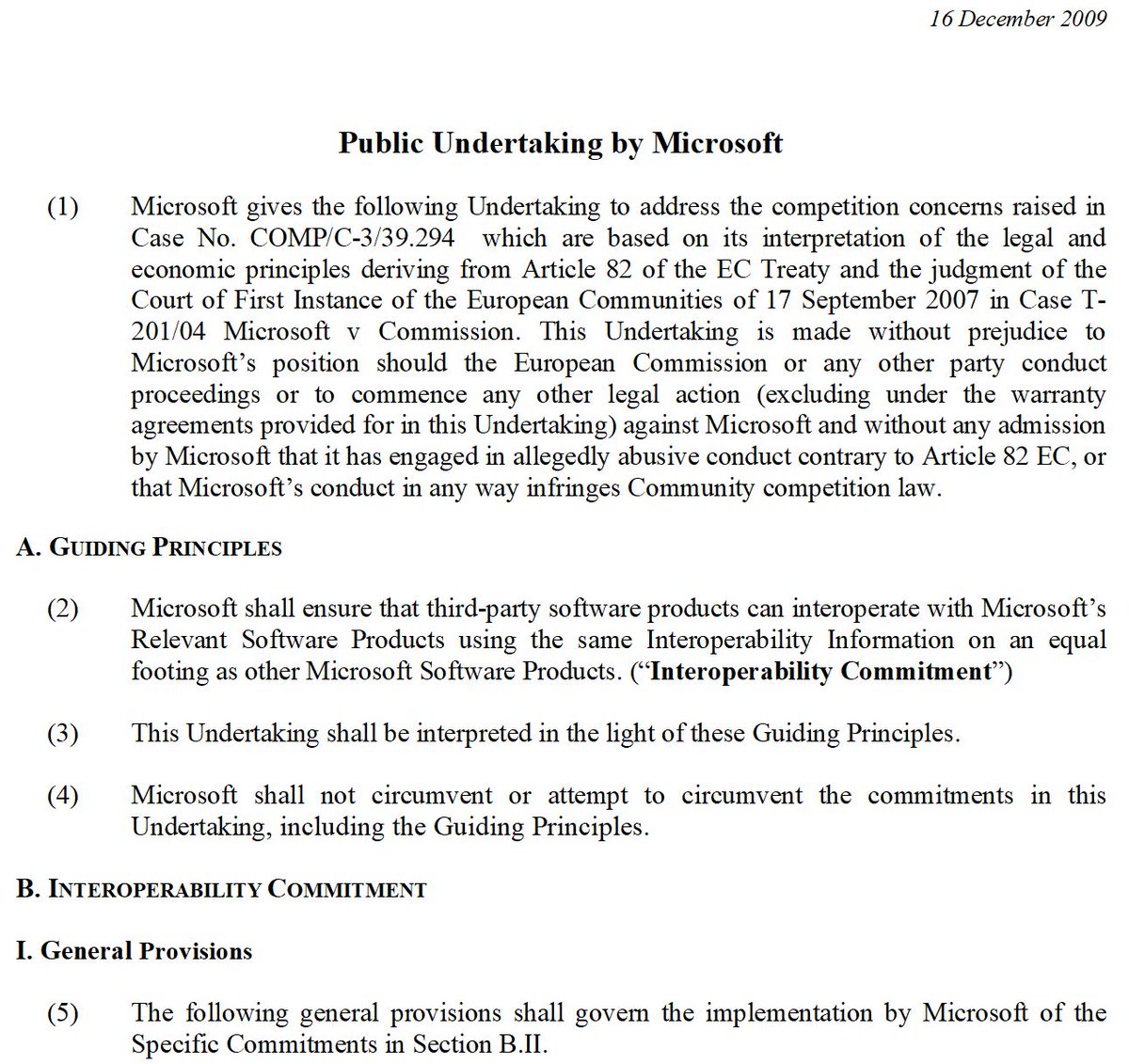
The recent security incident that affected 8.5 million Windows systems worldwide, causing the infamous “blue screen of death” and disrupting commercial operations, has been attributed to a 2009 regulatory agreement between Microsoft and the European Union, according to a Microsoft spokesperson.
In a statement to The Wall Street Journal, the spokesperson explained that Microsoft had agreed to provide external security developers the same level of access to interact with their software as Microsoft itself, leading to potential vulnerabilities.
Patrick Wardle, CEO of DoubleYou, pointed out that monolithic ecosystems like Apple’s MacOS are more resistant to such critical errors due to their walled-off architecture. In 2020, Apple revoked similar security clearances for its operating system, thereby insulating it from third-party security failures and coding conflicts.
The 2009 Microsoft policy gives extensive access to third-party security firms. Source: Dr. Dennis-Kenji Kipker
The Catastrophic Failure
Between July 18 and July 19, the world experienced what has been described as “the largest information technology outage in history.” This IT blackout affected approximately 8.5 million Windows systems globally, halting operations at financial institutions, airports, emergency services, and media broadcasting networks.
The root cause of the crash was traced to an upgrade bug associated with the third-party security firm CrowdStrike. In a statement, CrowdStrike CEO George Kurtz emphasized that the downtime was not due to a hack or malicious exploit. He advised users to contact official CrowdStrike support channels and update their affected software through the firm’s portal. Kurtz also reassured the public that the issue had been identified and resolved.
Decentralized Blockchain Architecture as a Solution
Following the critical systems failure, the crypto community highlighted how distributed computing systems can protect against security vulnerabilities inherent in centralized systems.
Jameson Lopp, co-founder of Bitcoin wallet service Casa, used the high-profile outage to explain why Bitcoin’s core software does not auto-update, stating that “Auto-updates introduce systemic risk.”
Senator Cynthia Lummis, a longtime advocate of decentralized technologies, echoed comments made by blockchain software developers. The GOP lawmaker cited Bitcoin’s resiliency during the critical software meltdown as evidence of its superior architecture compared to current centralized systems that feature single points of failure and other performance bottlenecks.
Source: Cointelegraph


Comments